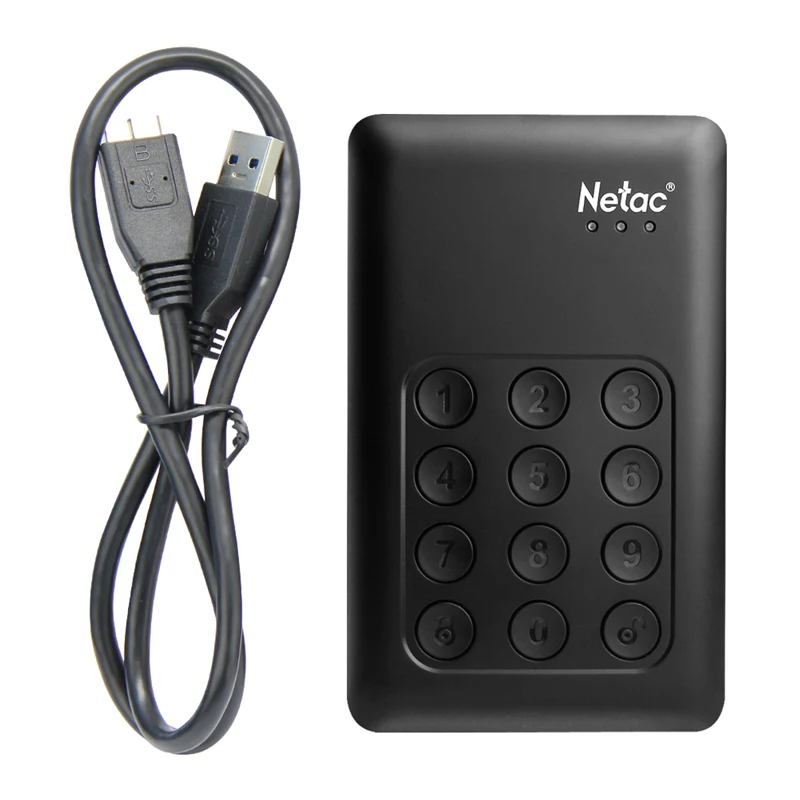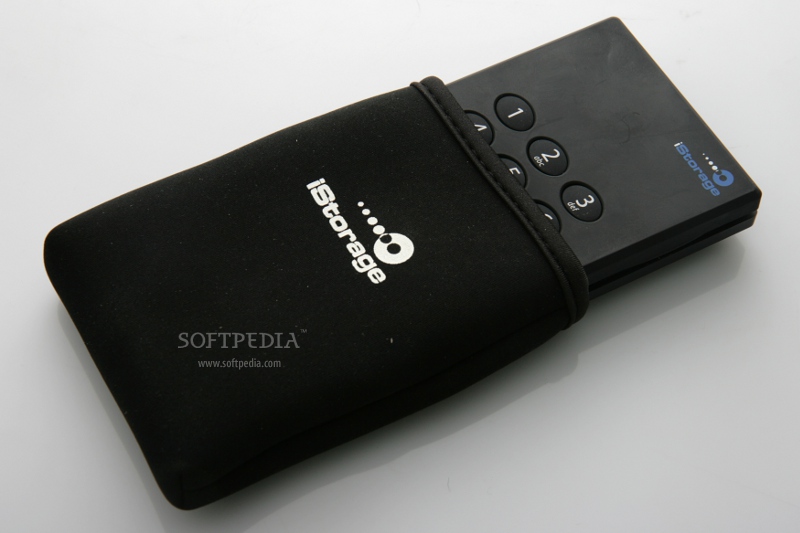
It can erase the drive, creating a new, empty encrypted volume to contain your data.

When encrypting an external drive, VeraCrypt can operate one of two ways: This returns us to the Volume Location dialog with the location filled in. Click Next. You can see that each hard disk on my machine is listed, including the external one. On hard drives that have multiple partitions, each partition is listed as well. In my case, I’ll click \Device\Harddisk2\Partition1, also labeled as F:, which is my external drive, and click OK.

(Hidden volumes are beyond the scope of what we need to do here.)Ĭlick the Select Device… button on the following dialog (not shown). Select Standard VeraCrypt volume and click Next. Since we’re encrypting an external drive, make sure “Encrypt a non-system partition/drive” is selected, and click on Next. Since this is the partition from which the machine boots, it takes additional steps (and complexity) to encrypt the entire drive and still be able to boot from it.

When you encrypt an entire drive, it initially looks like an empty, unformatted drive containing “RAW” data. To access the contents of the drive, you must first “ mount” it, providing the proper pass phrase to enable its unencrypted access. In a forehead-slapping moment, I realized I was going about this all wrong. If that conveniently small, portable drive walked off in someone’s pocket, they’d have access to a lot of my stuff.

Some of the data on that drive is encrypted in various ways, but the vast majority is completely unencrypted. Some time ago, I realized the external hard drive I carry with me when traveling was an easy thing to lose.


 0 kommentar(er)
0 kommentar(er)
